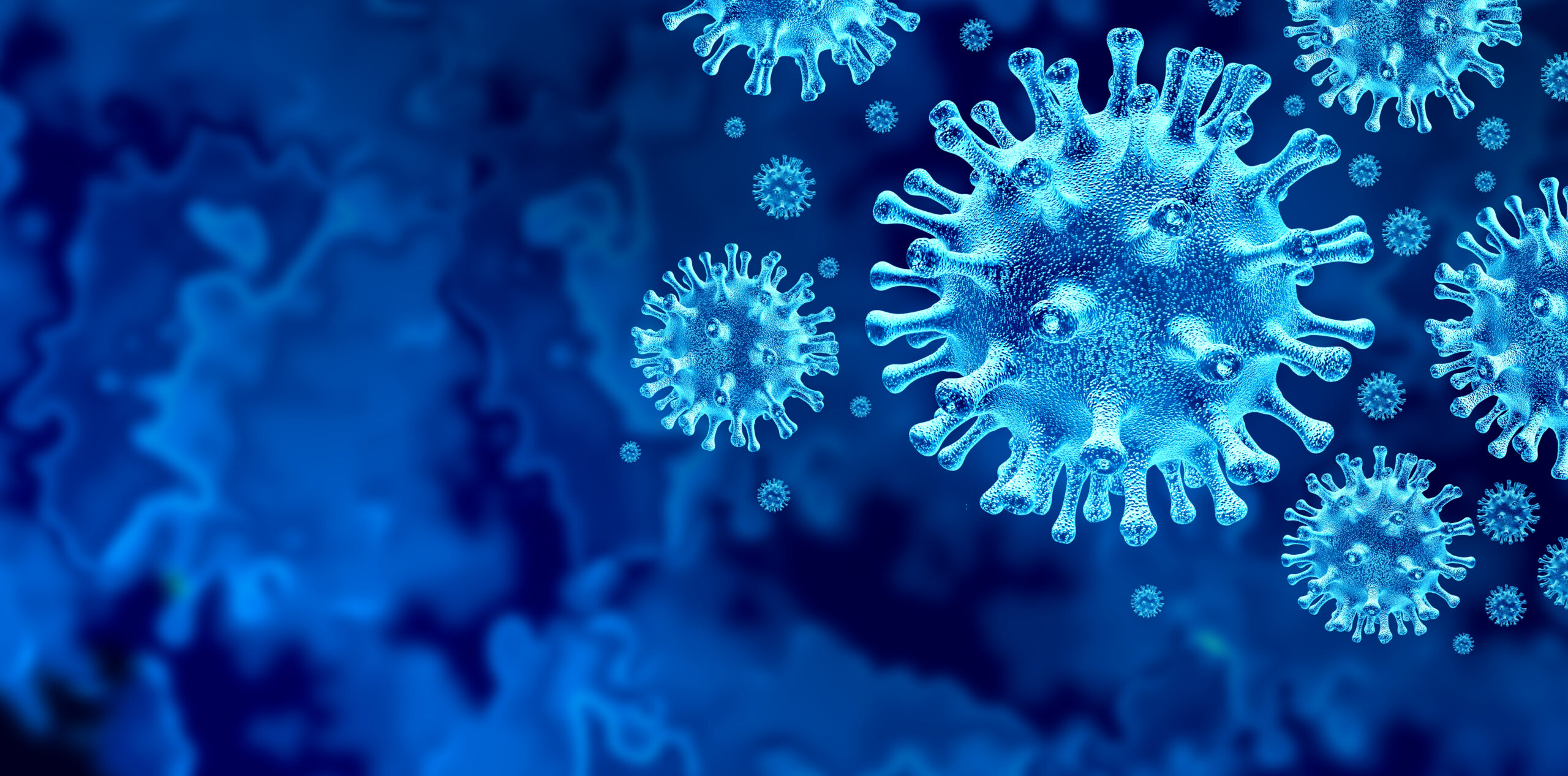Researchers have made significant strides in developing a universal antiviral treatment by isolating a rare immune mutation known as ISG15. This condition, present in only a few dozen individuals worldwide, makes people more vulnerable to certain bacterial infections while simultaneously granting them immunity to a range of known viruses. The mutation’s unique properties have sparked interest in its potential to serve as a foundation for a novel antiviral therapy, especially in light of future pandemics.
The ISG15 immunodeficiency results in constant mild inflammation, which researchers believe is central to the enhanced immune response observed in affected individuals. A team led by researcher Vagelos Bogunovic has identified a way to harness this mutation’s advantages. They have developed a method to stimulate the production of ten beneficial proteins out of the sixty generated by the natural mutation. This is achieved through the use of ten mRNA sequences encapsulated within a lipid nanoparticle.
Testing has shown promising results. According to Bogunovic, “we have yet to find a virus that can break through the therapy’s defenses.” The researchers envision this groundbreaking treatment as a form of biological personal protective equipment (PPE), particularly for first responders in the event of a future pandemic. The goal is to provide a proactive defense against unknown viruses, potentially effective before targeted vaccines can be developed.
To explore the treatment’s effectiveness, researchers administered the therapy to hamsters and mice via nasal drip. The success of these trials raises interesting questions about potential human applications, including the feasibility of intranasal vaccines. As the world prepares for the possibility of new viral outbreaks, this innovative approach could reshape how society responds to emerging health threats.
The ongoing research highlights the importance of understanding the immune system’s complexities and the potential of leveraging natural mutations for therapeutic advancements. As the scientific community continues to investigate these pathways, the hope is that such treatments can enhance our defenses against future pandemics.
The implications of this research could be transformative, not only in the realm of antiviral treatments but also in the broader field of immunology. Continued studies will be essential to determine the full potential of this universal antiviral therapy, paving the way for enhanced public health strategies in the face of global health challenges.







































































